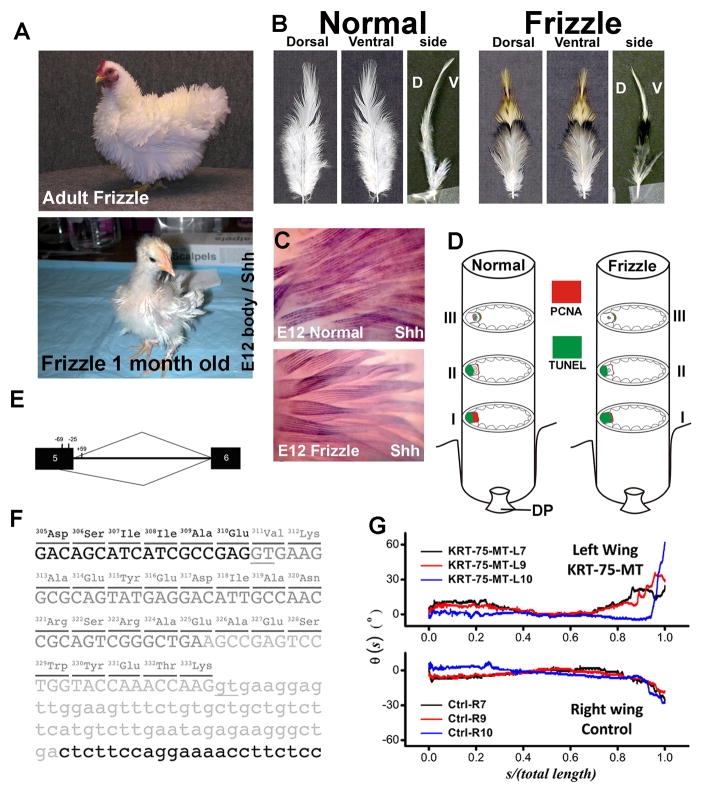Figure 4. Frizzle feather phenotype was caused by KRT75 mutation.
(A) Adult and 1-month-old frizzle chickens. Adult frizzle chicken feathers curve away from the body. The second-generation feathers in a one-month old chick start to show a clear frizzle phenotype. (B) Comparison of body feathers from normal white leghorn and frizzle chickens in dorsal view, ventral view and side view. D, dorsal; V, ventral. (C) Shh wholemount in situ hybridization in embryonic day 12 normal and frizzle feather buds. (D) Diagram summary of PCNA and TUNEL staining at different levels of the rachis. (E) Diagram of the chicken KRT75 gene and the cryptic splice site activated by the deletion mutation that covers positions 224 of exon 5 to +59 of intron 5. Black boxes represent exon sequences; intron 5 is designated by a line. The caret designating use of the cryptic site (position 269) is shown below, and the caret designating use of the authentic site is shown above the diagram of the pre-mRNA. (F) Partial sequence of KRT75 gene. The 84-bp deletion in genomic DNA is shown in light gray letters. The additional deletion in exon 5 created by a cryptic splice site is shown in dark gray letters. The deletion in genomic DNA and use of the cryptic splice site together result in a deletion of 23-amino acids (position 311–333) in the K75 protein. Parts of exon 5 and intron 5 are shown in capital and small letters, respectively. The underlines show the authentic and cryptic mRNA splicing sites. (G) Effects of viral misexpression, as shown by qualitative changes in the rachis curvature. Without the gene mutation, the curvature from the contralateral feathers of a normal chicken were expected to exhibit mirror symmetry, which is obviously abrogated in this case.

